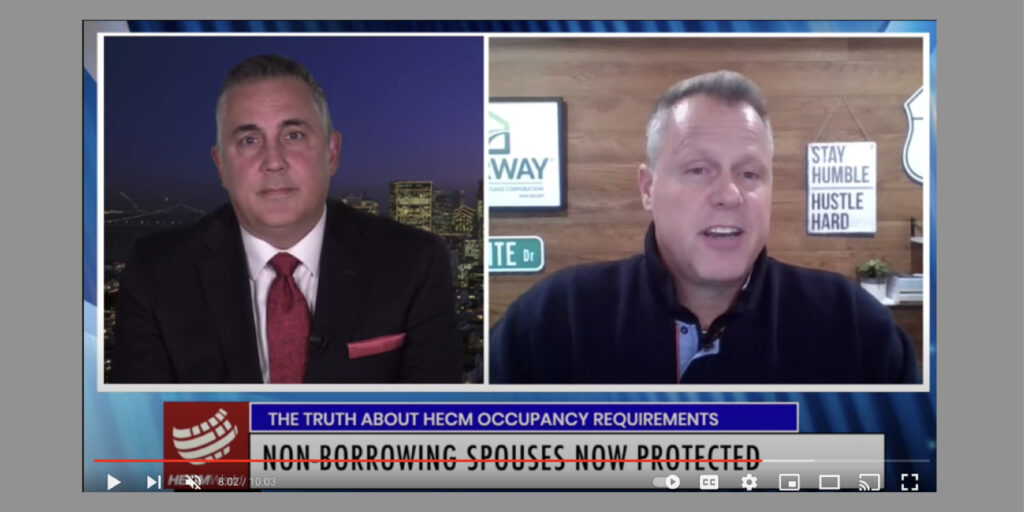Dan Hultquist Demystifies Reverse Mortgage Occupancy Misconceptions
What are the actual occupancy rules for Home Equity Conversion Mortgages? The answer may surprise you as Dan Hultquist explains.
Contact Dan with your questions
Suggested guidelines for absences from primary residence







5 Comments
Dan Hultquist always provides a wealth of information. Great interview!
Good to know!!
Then there is the dirty laundry of servicing. What percentage of homes with HECM mortgages are occupied by third party renters and generally for how long?
One originator had a hard time reaching some prospects who could really use a HECM Refi by phone and went visiting their homes. He was shocked by how many renters who have been living in the homes he was visiting had unrelated third party tenants. These renters had been in the home for years.
His experience was purely anecdotal but it shows that current HUD policy needs revising as well as the clarity that Dan shared.
HECM endorsements occur approximately four months after closing (on average). Looking at CNAs, it seems as if total monthly HECM endorsements will be dropping by April, if not earlier. Predicted rising interest rates and slowing growth in the appreciation of existing homes may help explain why.
Our industry is still in secular stagnation when it comes to first time HECM borrowers. Remember how reaching out to financial advisers was going to change that trend but facts are facts. When first ttime borrower numbers are in stagnation, it is hard to make the argument that our financial adviser outreach is all that effective.
The non borrowing spouse exceptions Dan mentions ONLY applies to qualified NBSs.